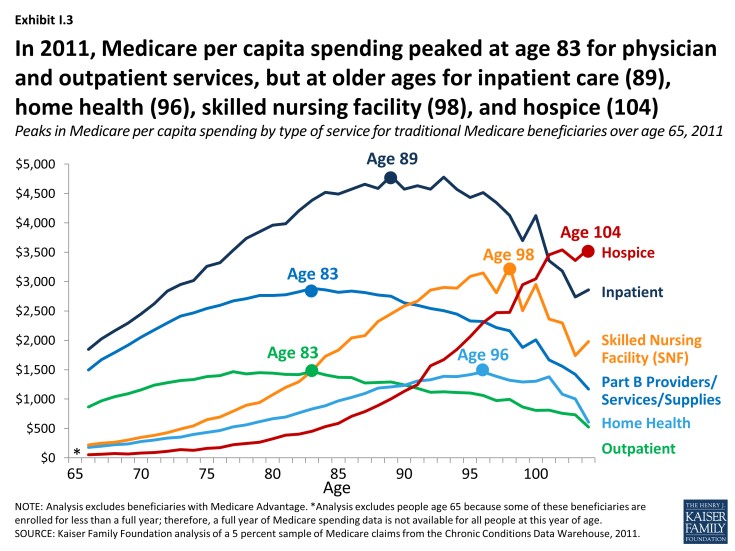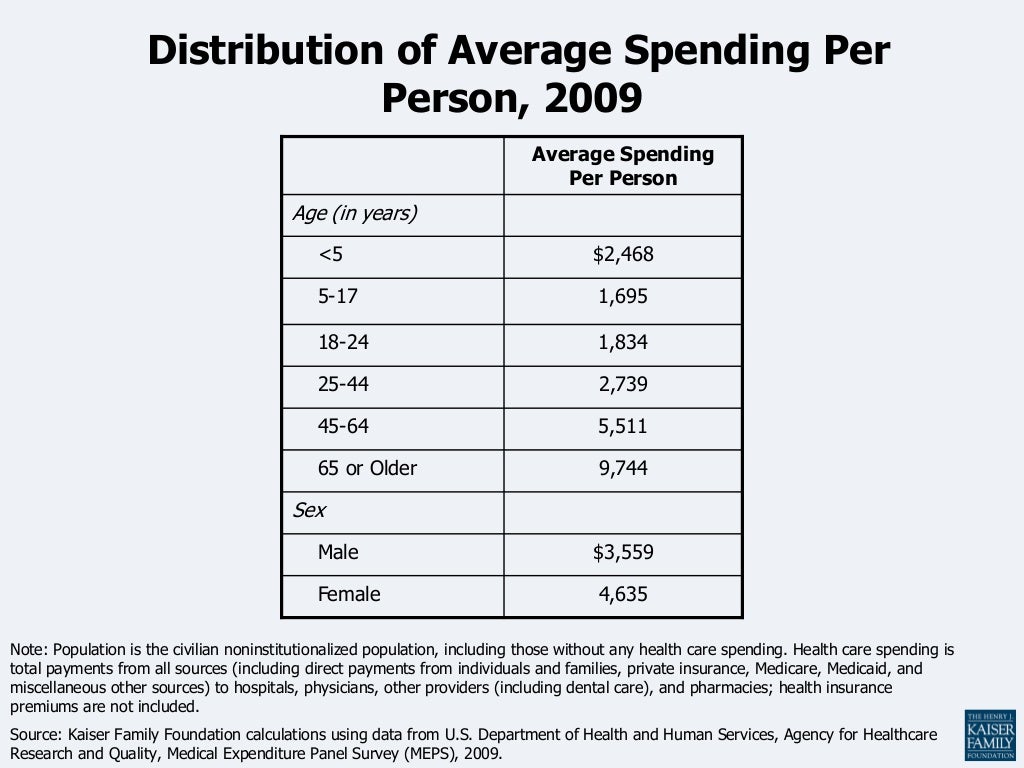- By 2050, the U.S. will have four times as many people over age 90.
- Spending on physicians and outpatient services will rise steadily until patients reach age 83.
- Home-health and skilled nursing facility spending will likely increase steadily until patients are in their late 90s.
Conventional wisdom holds that the aging of the United States population means more business for physician practices. The reality has been found to be a bit more complicated.
By 2050, the U.S. will have four times as many people over age 90—and three times as many age 80—as it had in 2010. According to the Congressional Budget Office, the aging of America’s population will be the primary driver of spending growth among the country’s major healthcare programs, but it will not necessarily result in more office visits.
How is this possible? As many internists and geriatricians in private practice have noted anecdotally, their oldest patients spend more on healthcare, but not necessarily on outpatient services.
A recent report by the Kaiser Family Foundation provides a national perspective on this trend. This report found that patients (and their insurers) spend more on healthcare as patients age. After a point, however, the dollars stop flowing to physician practices.
The report predicts that across the country, spending on physicians and outpatient services will rise steadily until patients reach age 83 and then gradually decline. In contrast, inpatient spending will rise sharply until patients near age 90 and remain high until this cohort of patients reach their mid-90s, when spending will begin to decline. Home-health and skilled nursing facility spending will likely increase steadily until patients are in their late 90s. Per capita hospice spending is forecast to peak at age 104.
Clearly, healthcare spending is redirected as patients age, and it stops rising among the oldest patients. Per capita spending by traditional Medicare peaks at age 96 and then declines. This finding was irrespective of whether the high costs associated with end of life care were included in the calculation.
Notably, the per capita spending for those who died during 2011, the year studied, was more than twice as high for beneficiaries aged 70 years ($43,000) than for centenarians ($20,000). Overall, however, the spending gap widened with age, with Medicare spending three times as much per capita on 95 year olds than those age 66.
Figure 1. Medicare per capital spending (2011) on six types of healthcare services, by patient age.

Figure 2. Medicare per capital spending (2009) by patient age.

